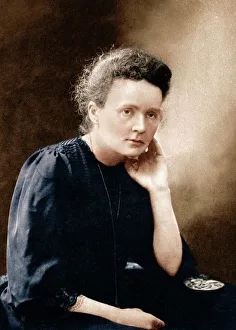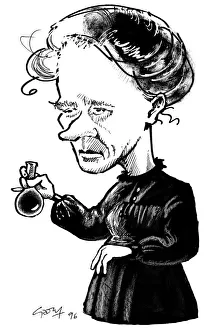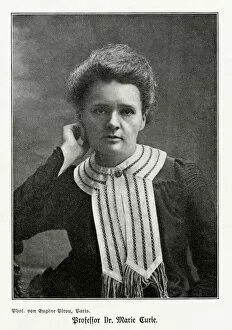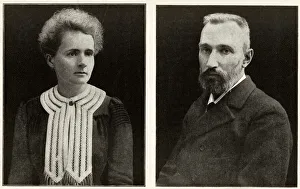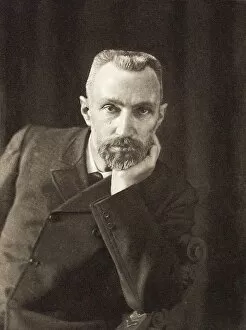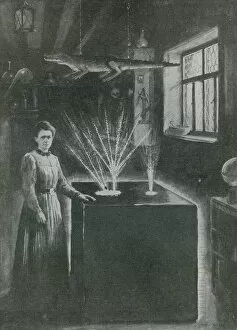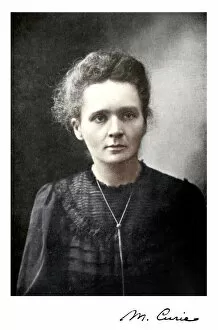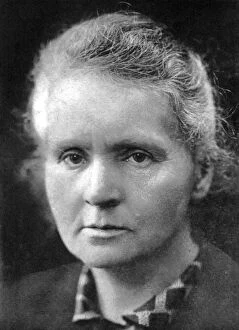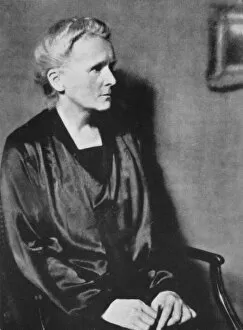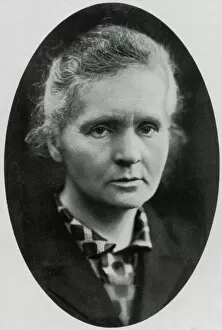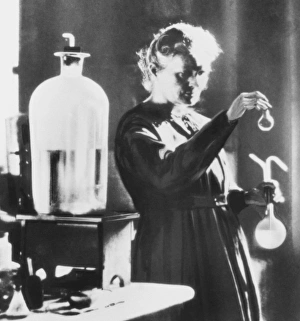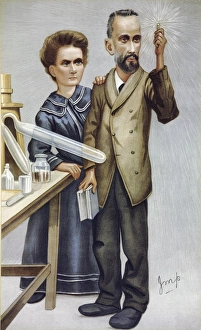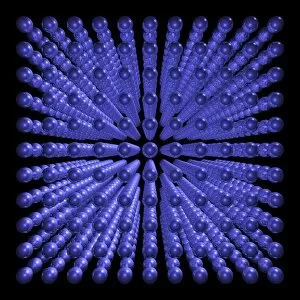Polonium Collection
Polonium, a radioactive chemical element with the symbol Po and atomic number 84, holds a significant place in scientific history
All Professionally Made to Order for Quick Shipping
Polonium, a radioactive chemical element with the symbol Po and atomic number 84, holds a significant place in scientific history. Discovered by Marie Curie, a Nobel Prize-winning Polish scientist, polonium became synonymous with her groundbreaking research on radioactivity. Marie Curie's tireless dedication to science led her to become one of the most influential figures in physics. Alongside her husband Pierre Curie, she conducted pioneering experiments that revolutionized our understanding of radiation. Their collaboration yielded remarkable discoveries, including the isolation in 1898. This caricature captures Marie Curie's indomitable spirit as she delved into uncharted territories of scientific exploration. Her relentless pursuit of knowledge earned her numerous accolades and recognition worldwide. As a Polish-French physicist, Marie Curie's contributions extended beyond polonium. She paved the way for future generations of female scientists and shattered glass ceilings along the way. Her unwavering determination inspired countless individuals to pursue their passions fearlessly. In this black-and-white portrait taken around 1901, we witness Madame Curie immersed in her work—her eyes filled with curiosity and intellect. Often referred to as the modern alchemist due to her transformative discoveries, she forever altered our perception of matter and energy. Throughout her career, Marie Curie continued to make groundbreaking advancements in science. This photograph from 1917 showcases an accomplished researcher who had already left an indelible mark on humanity's quest for knowledge. By 1926 and 1929 respectively, Marie Curie remained at the forefront of scientific progress despite facing immense challenges throughout her life journey. These photographs capture moments where she radiates resilience amidst adversity—a testament to her unwavering commitment towards unraveling nature's mysteries. Polish-born French physicist Marie Curie epitomizes brilliance intertwined with perseverance—an embodiment of what it means to be a trailblazer in science.

